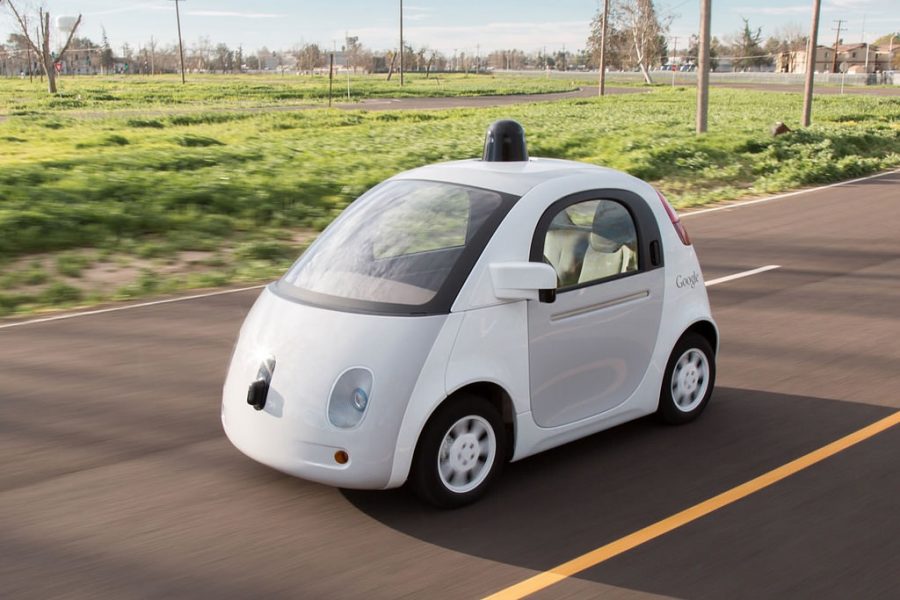The End to Google’s Self-driving Cars?
December 19, 2016
Google has reportedly decided to stop developing its own self-driving car. This project, which started in 2009, aimed to make autonomous cars available to the public by 2019. However, its prototype vehicles were involved in several high-profile incidents while on the roads of major cities, which may have led to their decision to abandon the enterprise.
The driverless car project was initiated under Google X, a “moonshot lab” overseen by Alphabet, Google’s parent company. It was one of the leading testers in self-driving cars, having partnered with automobile companies such as Lexus and Toyota. Employees were invited to test the cars on highways for work and during personal trips. These prototypes were then placed on city streets with pedestrians, cyclists, and road works. They marked the first time Google got its driverless cars on the road without a person behind the wheels to intervene if something went wrong. In 2015, Google even invited Steve Mahan, a blind man to sit in the driver’s seat during a test ride on public roads in Austin, Texas. By 2016, it had a fleet of sixty vehicles of which accrued over two million miles of road time.
So why did Google make the decision to refocus its efforts away from self-driving cars? One reason may be due to the departure of top technologists, leading to slow progress. When Chris Urmson, the robotics expert who ran the self-driving car project, left the program, other project veterans such as Jiajun Zhu and Dave Ferguson also departed. Once it lost its first-mover advantage, other companies focused on more practical and less exacting self-driving technology took the lead. This was the reason why many believe Google’s weakness is the scope of its ambitions. The software needed to react immediately to all the different eventualities in transportation must be thoroughly developed. Meanwhile, other models with services that don’t require full automation (self-parking cars) have already been installed publically. Even so, Google still insisted on focusing on complete human driver replacement. This led to them falling behind rival corporations in the field of autonomous car technology.
Google’s abandonment of driverless cars may be a huge disappointment to some. However, the online giant won’t be quitting the car industry completely, as the company revealed it still has plans to partake in the next generation of innovative vehicles. Going forward, Google is looking to collaborate with existing automakers to develop more conventional cars with the view of possibly launching an autonomous ride-sharing service by the end of next year. These cars would include some self-driving features, but wouldn’t discard the steering wheel and pedal controls.



